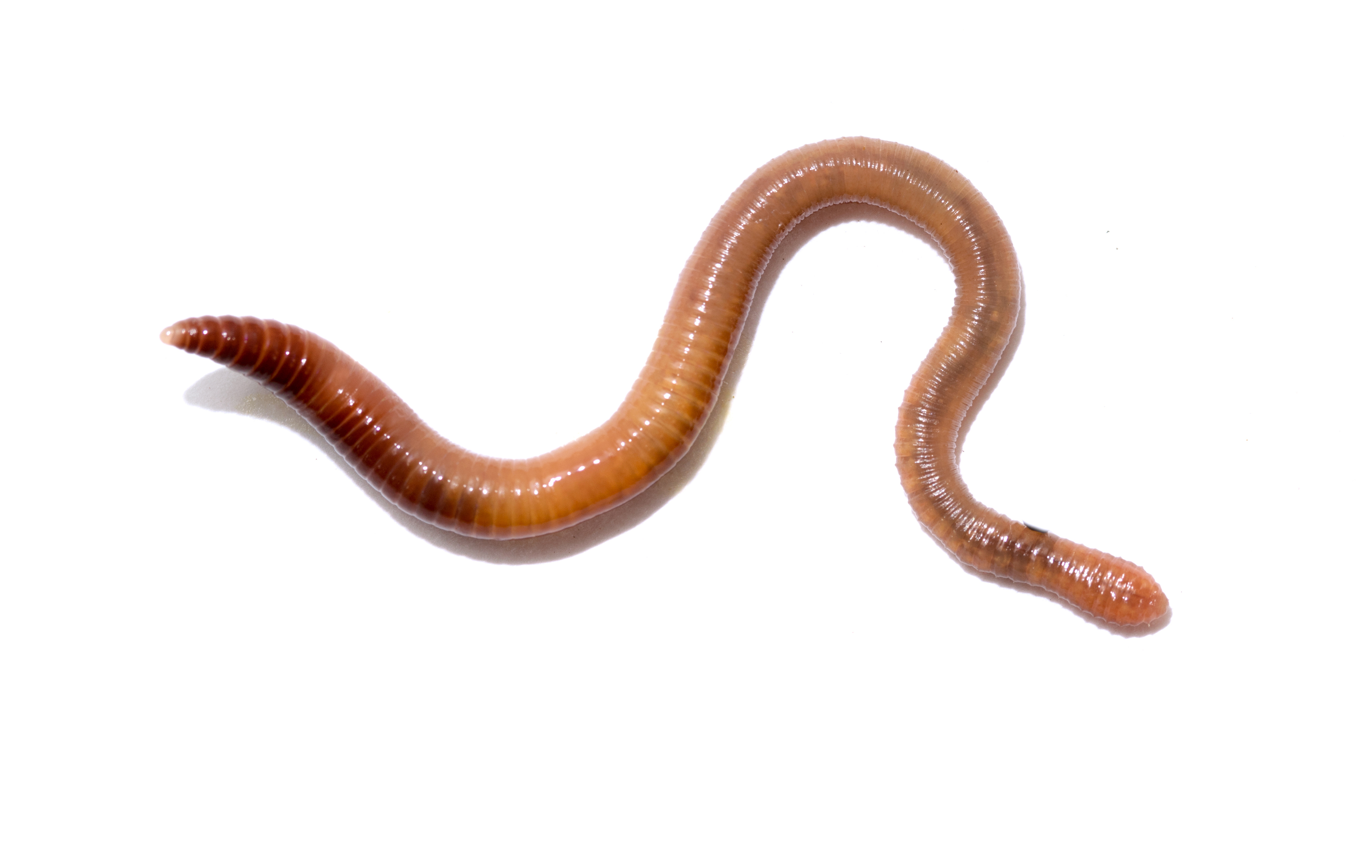Silica-Triggered Lung Fibrosis in Mice Controlled by Earthworm Extract

An extract from an earthworm reduced inflammation and fibrosis in the lungs of mice exposed to silica, acting through known antioxidant and anti-inflammatory molecular pathways. The findings suggest the extract could be explored as a potential drug therapy for silicosis.
The study, “Earthworm extract attenuates silica-induced pulmonary fibrosis through Nrf2-dependent mechanisms,” published in the journal Laboratory Investigation, also underscored that more studies are needed to obtain a deeper understanding of the mechanisms driving protective changes.
For people working with silica, silicosis is a potential route to lung fibrosis. It is an inflammatory condition caused by the inhalation of silica particles, and is particularly on the rise in developing countries, such as China and India.
In China and other Asian countries, extracts of earthworms have been used for a variety of medical purposes. Studies have shown that the worms have a collection of enzymes, called lumbrokinases. These enzymes act to resolve blood clots, and research has shown they have antioxidant and anti-inflammatory properties, while protecting cells from death.
Given the properties of the enzymes, researchers from Nanjing Medical University in China explored the possibility that an earthworm extract was effective against silica-triggered lung fibrosis.
The research team exposed mice to silica, and started treating some of them with daily injections of the extract. Two weeks later, mice treated with earthworm extract had significantly fewer inflammatory cells in their lungs — a difference that remained after 28 days. The treatment also reduced both the severity and extent of fibrosis.
The team’s findings showed that the extract relieved fibrosis, but to learn how that was possible, researchers turned to cells grown in lab dishes. Using cells instead of live animals gives scientists a better possibility to study molecular changes as they arise.
Experiments showed that the earthworm extract allowed more cells to survive silica exposure. A closer look revealed that silica destroyed the ability of mitochondria — the cell’s powerhouse — to produce energy, but the earthworm extract largely prevented the damage.
This also prevented the activation of a cellular self-destruction pathway, triggered by damaged mitochondria. As a result, inflammatory factors and oxidant molecules were lower in cells treated with the earthworm extract after silica exposure. Some of the changes also could be confirmed in mice.
Finally, the team concluded that at least part of the inflammatory and oxidizing changes seen after silica exposure were controlled by a transcription factor, called Nrf2. Transcription factors are molecules that control the activity of genes, and so, can affect a large number of processes.
“Our study has identified EE [earthworm extract] to be a potential anti-oxidative, anti-inflammatory, and anti-fibrotic drug for silicosis.” the team concluded in its report.







